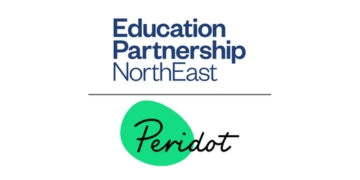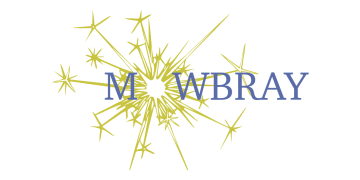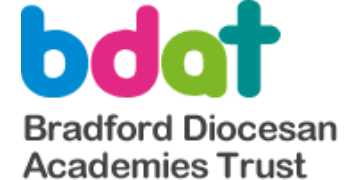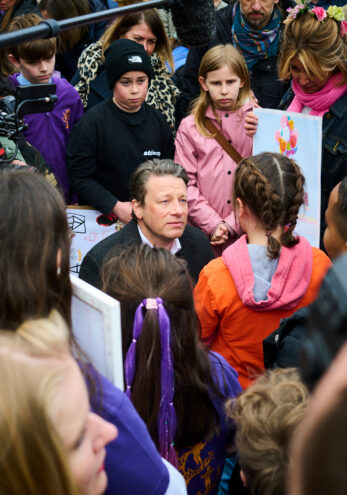The human touch
I’ve had the opportunity to visit a few schools recently, and I’ve really noticed the impact of sunshine on children, adults and environments. Perhaps lifted by the sunshine myself, I’ve noticed other things shining brightly too.
Rachida Dahman’s blog, entitled I am not afraid is a compelling read. In it, she writes about language and the impact it has on relationships, and therefore children.
Emphasising the interpersonal nature of learning, she reminds us that ‘true education requires profoundly personal and meaningful relationships… to renew and solidify the interpersonal foundations of teaching and learning’.
Reflecting on the things that have stood out when I’ve been visiting schools, it has been the times when I’ve seen (and felt) children experiencing ‘what it means to be part of a community’.
Dachman ends with a thought on what schools are meant to be – a poignant reminder to enjoy and appreciate those schools which are ‘places of deeper humanity’.
Owning inclusion
But how do we know that a school is truly inclusive, that every child experiences it as place of deeper humanity?
In this blog, Gary Aubin proposes this question as a good way to consider who ‘owns’ SEND in your school: ‘Can good discussions happen about SEND, which move provision forward, when the SENDCO is not there?’
It’s a great reminder that simply saying that ‘every teacher is a teacher of SEND’ is not enough. Those words must backed up by action.
Aubin goes on to suggest further questions and share practical suggestions to support schools to more deeply embed inclusion in their fabric. My favourite is the idea of CPD time for teachers and TAs to share good practice. This not only celebrates what is going well, but models what is possible in that setting with those pupils.
This is a blog full of inspiration. Aubin is clearly driven to achieve true inclusion, and his enthusiasm is infectious.
Reading for pleasure
Another educator with infectious positivity is Ed Finch, whose knowledge of and regard for the children he teaches leaps out of the screen in this blog. Reminiscing about how he has seen his class show their budding love of reading, he indirectly shares suggestions for increasing reading engagement in all classes.
The blog is ostensibly written in advance of a ‘tricky meeting with the head’. Finch is concerned about how he will justify the reading scores of the children with SEND in this class.
But what oozes from the text (and what I hope we would all be able to recognise, irrespective of reading scores) is what an excellent teacher has done to support children to access reading and the impact that this has had.
Oh for a system that would allow leaders to enjoy hearing about the progress that is not measurable as much as that which is.
In passing, Finch rightly points out that the D in SEND might not impact reading scores, the importance of not conflating EAL with SEND and the differential impact of the four areas of need.
The message throughout is clear: assessment scores are only one part of the information we have about our pupils.
Beyond tokenism
In light of the above, it would be remiss not to mention World Book Day this week. Sometimes dismissed as a tokenistic dressing up day, the reality is that in schools across the land, children and adults are enthused by it to share their love of books.
But there’s a deeper purpose to the day too. In this blog, Ndah Mbawa shares a sobering statistic about the book tokens schools hand out each year: A quarter of children on free school meals who received the £1 token say the book they bought with it was the first book they ever owned.
Challenging us to see World Book Day as a call to action, Mbawa goes on to give practical steps for parents, school leaders, policy makers and anyone in a position to put their money where their mouth is.
As he rightly says: ‘It’s not enough to believe in literacy’. Challenge accepted.













Your thoughts